I am an architectural photographer. I specialise in photographing buildings. And I stop in hotels a lot. So, who better then me to help you with this?
I am going to give you 10 actionable tips to help you to get amazing photos of your hotel. You need amazing photos of your hotel as this is the first people will see of your hotel online, and in this instant world if the photos of your hotel are not amazing you will be instantly scrolled past and forgotten as impatient online searchers move on quickly to the next hotel. You need photos that show your hotel at it’s best, you need photos that make people stop and look.
In this post let me help you by telling you 10 things that you can do to help you get the best photographer for you, and the best photos of your hotel.
These things completely apply to owners of B&Bs, holiday homes, rental cottages – well to any building really.
So read on and learn how to get amazing photos of your hotel.
But first, here is a picture of a very special hotel, the Sandbanks Hotel.
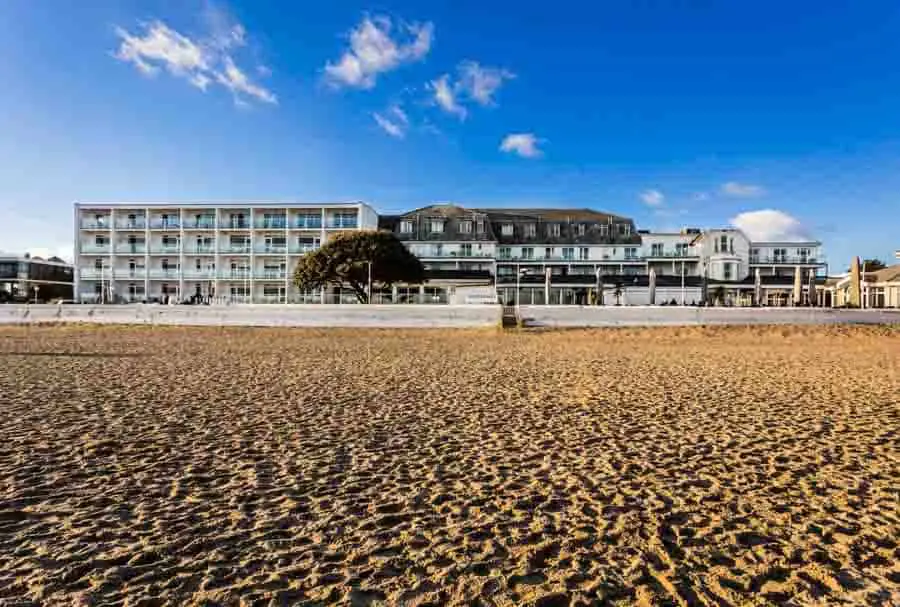
Who am I?
I am Rick McEvoy. I am a photographer and I specialise in architectural and interior photography. I photograph buildings, nice places and buildings in nice places. And also spend lots of time in hotels.
I am professionally qualified in both photography and construction, so photographing buildings is a logical combination of my two professions. And add to that my travel photography work and hotel photography is absolutely my niche!
This is not an advert for me though – I just wanted to show you that this is something that I know about and am able to offer excellent advice on.
Here is another hotel.
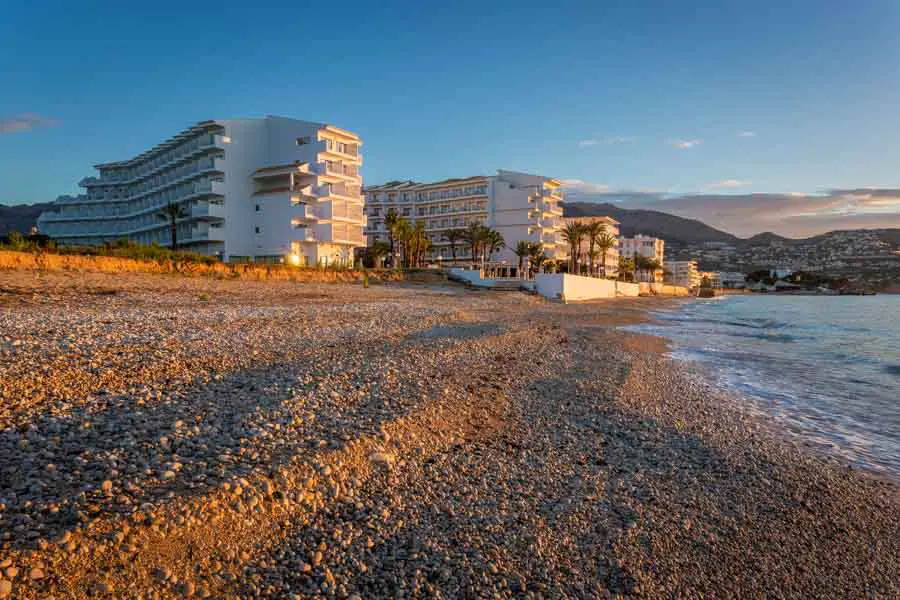
So you want some photos taking of your hotel?
The starting point here is that you know what you want the photos for, and what you want photos taking of. OK – so where do you start?
As you will gather reading this post finding the right photographer is crucial so I will spend some time on this before moving on.
1 – Find the right photographer for you
How do you find a suitable photographer? And the right photographer for you?
Well I would advise that you appoint a professionally qualified photographer, one belonging to a recognised photographic organisation.
After all, you wouldn’t appoint an unqualified architect to design a new hotel for you would you?
No you would not. So why should choosing a photographer be any different?
Read on for lots more.
2 – Finding a qualified photographer
Well speaking for the BIPP, which I am an Associate Member of, I can tell you that I have had my work critiqued by high-level photographers. I am talking prominent photographers in the UK, one being a Hasselblad Master no less!
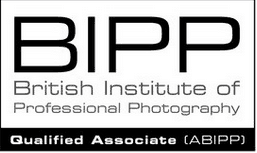
I had to submit a portfolio of my own commercial work, and was then interviewed by board/ senior members of the BIPP.
Want to see some of my work?
You can see some of my architectural photography portfolio work on this web page imaginatively called Architectural Photography Portfolio.
So using a BIPP qualified photographer you will know that you are using a photographer who has produced high quality photographic work that has been scrutinised by industry experts.
And BIPP members have to prove that they are properly insured so you don’t need to worry about that either.
I am sure that the other bodies that I am about to mention operate in similar ways.
Other professional photography bodies
There are a number of professional bodies in the photography space – these are reputable institutions that I know of that are relevant to hotel photography in the UK.
- BIPP – British Institute of Professional Photography
- RPS – The Royal Photography Society
- MPA – Master Photographers Association
There are of course other professional photography bodies, but I do not have personal experience of any of these so it would be wrong for me to recommend them.
And I am not too familiar with professional photography bodies outside the UK.
As I said, I am proud to have the qualification an ABIPP and to be an Associate of the British Institute of Professional Photography.
One of my favourite hotel photos – I love this one!
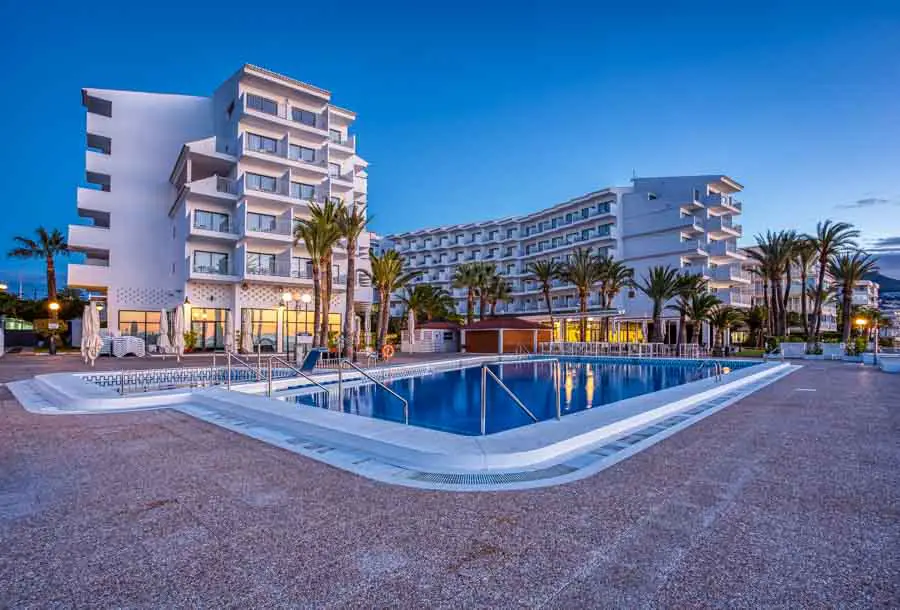
3 – Select a photographer who photographs buildings.
You want your hotel photographing. Now you wouldn’t hire a wedding photographer to do this would you?
Nothing against wedding photographers of course but taking me as an example I get approached from time to time to photograph peoples weddings, and also to do portrait work.
I always politely decline such approaches. If I was looking for a photographer to photograph my wedding I would not choose me! I would choose a wedding photographer of course. Which is exactly what I did.
Hotel photography is a specialism
In my opinion you should be looking for a photographer who specialises in photographing buildings. And no I don’t necessarily mean me, just someone who does this stuff all the time.
If you go the BIPP website you can search for photographers by type of photography.
Architectural/ building is the relevant category on the BIPP website.
Here is another photo of a hotel taken by me

4 – Personal advice from me on choosing a photographer
I would strongly advise that you meet the photographer that you are going to use if at all possible. The process will be much smoother if you get on with the photographer. It can be a long day spent with some grumpy git who hates what he is doing and arrives just wanting to get away.
Or if you engage a photographer and have a big time personality clash – that can make for a long and difficult day.
Phone a photographer
If this is not possible then the next best thing is to give the photographer a call and chat by phone.
And if that is not possible there is the modern way of doing this. If the photographer you are thinking of has a YouTube channel you can find out what they are like there. I have a YouTube channel (of course I do) where I waffle on about the content of my weekly photography blog.
Yes by the time you have read this my video should be up on YouTube for all to see!
And this will give you a better insight into someone, especially someone as unskilled in filming himself as me! But you get to see the real me!
Photographers style
Another thing to consider is a photographer’s style. If you check out my architectural photography portfolio you will see 12 commercial images which I have taken for architects.
This is my style of work.
If you like my photographic style great.
And if you do not like my style of work no problem – I am not the photographer for you.
It’s a matter of taste
Style is a very subjective and personal thing – we all have different preferences – if we all liked the same things it would be a dull world now wouldn’t it?
So find a photographer that you like, whose work you like and you should be just fine.
Once you have chosen a photographer they will be able to help you through the rest of the process.
But please read on – there is lots more good stuff honest!
But first another photo of a hotel taken by me.

5 – Agree the brief with your photographer
I have been told by clients that the hardest part of the process is getting a photographer on board.
I do this all the time so once I am appointed I am able to help my clients through the rest of the process.
This is what I am here for – to help clients get the photographs they want.
A word on electricians
If I wanted some electrical work doing I would appoint a competent electrician, and once the price was agreed I would be guided by him/ her about the best way to get the work done.
Agree the brief
Once you have a photographer on board the next thing to do is to agree the brief.
Choose the right photographer and he/ she will be able to help you, as you are using a photographer experienced in that line work now aren’t you?
The brief is very very important by the way – get this wrong and problems will arise.
Get the brief right though and things should flow smoothly.
The brief includes the following
- Shot list – very important – see below
- Number of images required – see below
- Purpose of images/ intended use
- Cost – see blow
- Inclusions – what is included
- Exclusions – what is not included (such as sky replacement for which there will be an additional charge)
- Deliverables – what will be issued to the client
- Timings – when photos will be taken and when images will be issued.
I confirm all these things to my client to make sure that I have got everything covered and that I fully understand the brief.
Here is another most excellent photo of a hotel interior
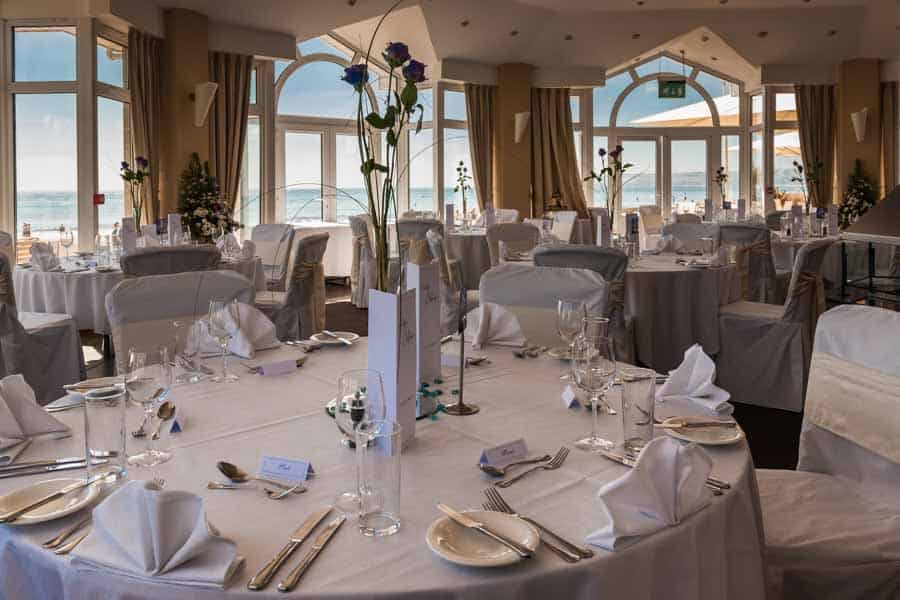
6 – Shot list
This is the list of photos that have to be taken. Producing this list will help you as the client focus (no pun intended) on the photos that you actually need.
For a hotel you will want each different room type photographing from a variety of angles.
Each room will need photographing, and the intention is that in say 5 images a visitor to your website can see enough about a room to make further enquiries or just book the room.
You have to catch peoples eye quickly
People are always in a hurry these days it seems, and those headline images will help someone to quickly decide if they are interested in a hotel or not!
As well as the interiors of the various room types there are other essential photos which need to quickly tell the story of the hotel from arrival to departure.
Whilst this all sounds rather daunting the good news is that a quick photographic walkthrough is all that suffices these days.
The shot list is the cornerstone to the shoot – this can make the shoot or break it.
And of course whilst there are mandatory photos to be taken I try to find different angles and views go give something a bit different – this is of course in addition to the mandatory shots.
The shot list will also tease out how many images are required to be taken – the last thing you need is hundreds of photos to plough through, so I give you what you ask for plus a few extras and that is that.
Here is a brand new hotel in Southampton photographed by me
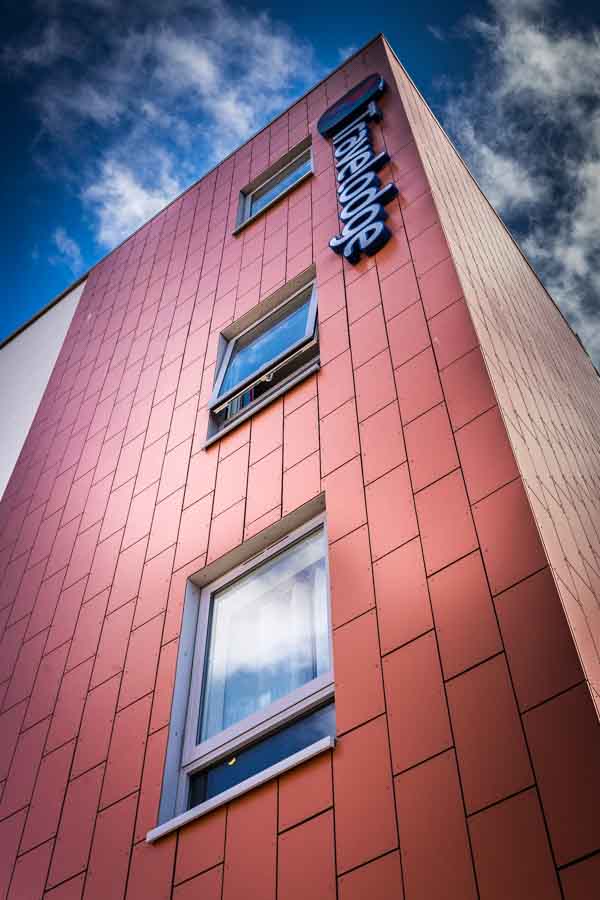
7 – How much will you pay?
I price each job individually as every client has their own very specific wants and needs.
I am not cheap – if you want your hotel photographing for £100 then I am not going to be working with you I’m afraid.
Hotels are quite large undertakings to photograph as they have a range of rooms that all need photographing.
Everything in a photo has to be right, with realistic, technically accurate and correct images with the colours all as seen by the human eye.
There is also the matter of timing, which I will come onto later in this post.
So decide on your budget, accepting that it will be more than £100, and do a deal with a photographer!
8 – Work out the best time of day/ year
Timing is an issue, especially in the UK with our variable weather. This is less of a problem with interiors of course, as even on a drab day I can give the windows naturally looking light.
Exteriors are a problem though – no-one wants their hotel photographing in the rain!
That is why sometimes the interior photos can be taken at a different time to the exteriors.
Another timing issue is guests, especially in bars, restaurants and communal areas. Exteriors are fine, as these are in effect public spaces.
Look no customers! Took me ages for this shot!
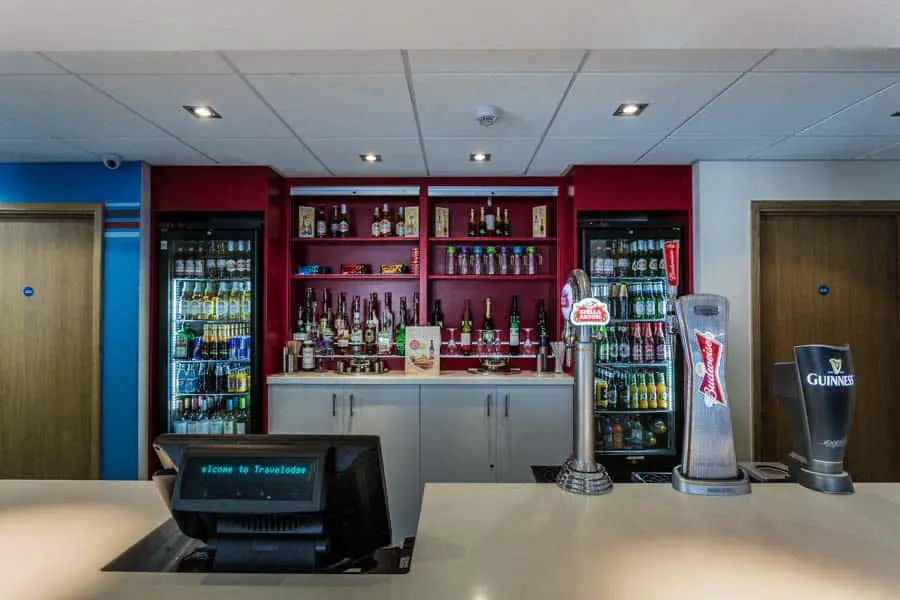
9 – Prepare the rooms – very important
It might sound obvious, but the rooms should be prepared before being photographed. Hotel rooms need to be presented to their best, but this has to be realistic.
Don’t have pink flamingos or unicorns in the bathrooms if that is not what guests actually get.
The following can help to get the best photos of a room
- Rooms cleaned
- Clean fresh bedding
- Clean fresh towels
- Complimentary accessories
- Cables/ TV remotes hidden
- Curtains clean, crease free and presented as intended
- Windows cleaned internally and externally
- Toiletries well presented
- Loo rolls folded over nicely
- Fresh flowers/ bowls of fruit etc (if normally provided)
Last but by no means least – make sure all the lightbulbs work, and that the lightbulbs are the same colour and brightness!
Lights on
I will photograph your hotel rooms with the lights on as this gives a nice homely feel which is what we want to convey after all.
The same principle applies to the other communal and external areas.
External problems
Moving on to the outside, things that can detract from the external appearance of a hotel include
- Cars
- Vans
- Bins
- Debris on paths and footpaths
- Skips
- Signs
- Hosepipes
Basically get rid of everything that you do not want in a photo – it is much quicker and cheaper to move stuff than to get me to remove it in Photoshop (and there are limits to what I can do in Photoshop).
A shiny new dining ares (with a bus stop outside)
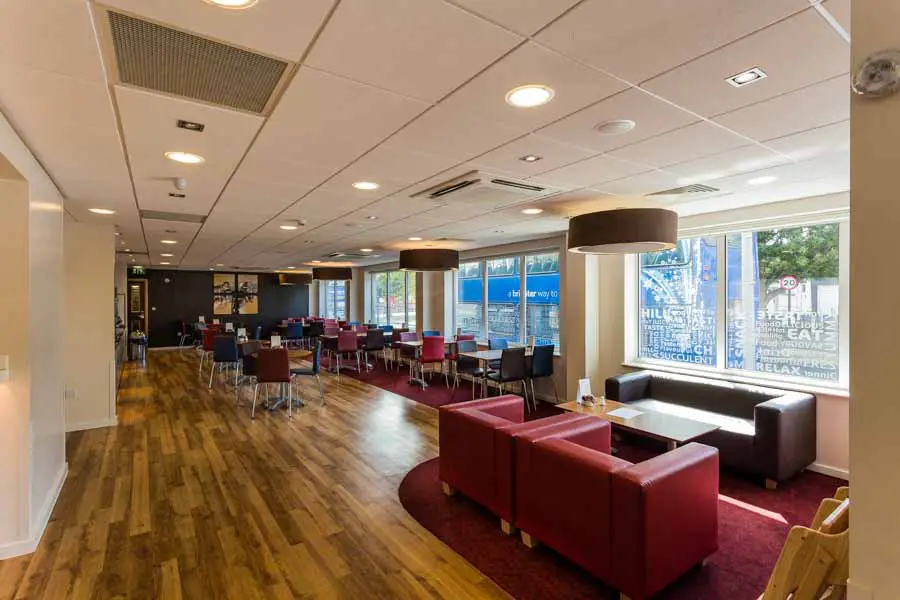
10 – People or not?
People or not – that is the question.
Rooms are fine without people in them communal areas, bars etc sometimes look soul less if empty though. Though the shot above looks fine to me.
This is an issue that I am constantly facing with my architectural photography work – I photograph lots of buildings immediately after they have been built or refurbished, and they never have people in them.
This is fine for architects but for hotel owners this might be an issue.
Hotels are for people
Thankfully there are a few ways of dealing with this, depending on the budget available amongst other things.
The ultimate solution is to hire in models, but this never happens to be honest.
Next best thing is to get the staff involved as paid (as they are in work) models.
And my tricks of the trade
The other way is to put signs up all over the place advising guests that they will be in photos at a certain time on a certain day in a certain place, and that if they do not want to be in the photos please can they go somewhere else.
This can work, especially in circulation space.
Hiding in plain sight
I hide in clear sight with my high vis on and my camera mounted on a tripod, so no-one can ever say that they did not know that I was taking photos!
Technically, for what constitutes a public space such as a hotel bar or lobby, consent is not needed to photograph people, so lots of notification normally is all that is needed.
A combination of guests in public spaces and staff for closer shots should be fine in most circumstances.
But some hotel owners insist on no people in shots which is absolutely fine.
Further reading
How to hire the right freelance photographer: Complete guide
How to commission an architecture photographer in 23 steps
Summary
I hope that you have found my 10 Practical Tips For AMAZING Hotel Photography post helpful, and that this helps you choose the right photographer to photograph your hotel for you.
You can watch the accompanying video to this post on my YouTube channel.
Get in touch with me
If you would like to speak to me about photographing your hotel then please get in touch, preferably by giving me a call so we can have a chat to kick things off.
Thanks for reading this post and best wished from me Rick.
Rick McEvoy Photography
#hotelphotographer #hotelphotography #amazinghotelphotography
